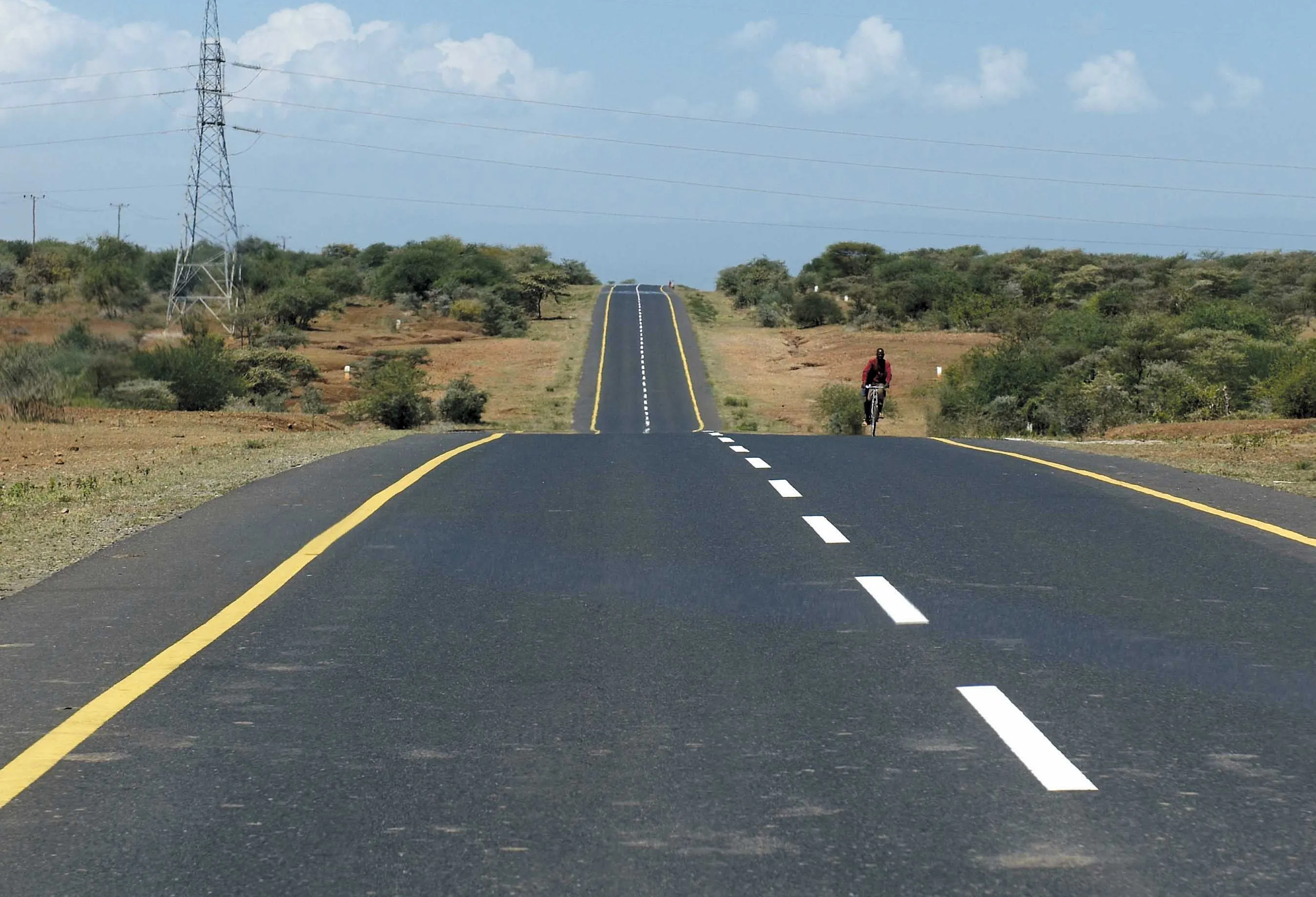Film of a motorcyclist in the southern US taking his dog with him to work on his Harley Davidson motorcycle has now been viewed widely on the internet. The man, a pistol-packing machinist, claims that the animal enjoys the journey. The dog, named Dog (pronounced Dawg in the biker’s southern drawl) has the important job of guarding the Hog (Hawg) until the end of the shift when the two return home. The wild ones are a frequent sight on the roads of the small town where they live, with small children waving a
June 20, 2012
Read time: 2 mins
Film of a motorcyclist in the southern US taking his dog with him to work on his Harley Davidson motorcycle has now been viewed widely on the internet. The man, a pistol-packing machinist, claims that the animal enjoys the journey. The dog, named Dog (pronounced Dawg in the biker’s southern drawl) has the important job of guarding the Hog (Hawg) until the end of the shift when the two return home. The wild ones are a frequent sight on the roads of the small town where they live, with small children waving at the pair as they pass, rather than being scared of the motorcycle with its slash cut pipes. The machinist taught Dog to hold on to him tightly with its paws the hard way. In a few early runs the man deliberately braked hard while at low speed, causing the animal to tumble from the Hog (Hawg). Dog (Dawg) was uninjured but was clearly born to be wild and soon learned the importance of holding on securely to the easy rider on his Hog. And despite the rough and tumble of those early Hog rides, Dog has learned to rely on his master. The motorcyclist has also joked that his canine friend is more loyal, and also less expensive, than having a lady friend to join him on his Hog. The biker came by his best friend Dog in a California bar, where he bought the animal for the price of a beer. Caring for Dog’s welfare, the man has given his canine a pair of goggles to wear while riding. However he has not so far provided Dog with a dog-sized helmet as the authorities have not yet ruled that these are necessary requirements for canine pillion passengers in the state.






